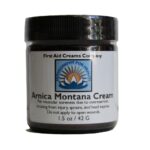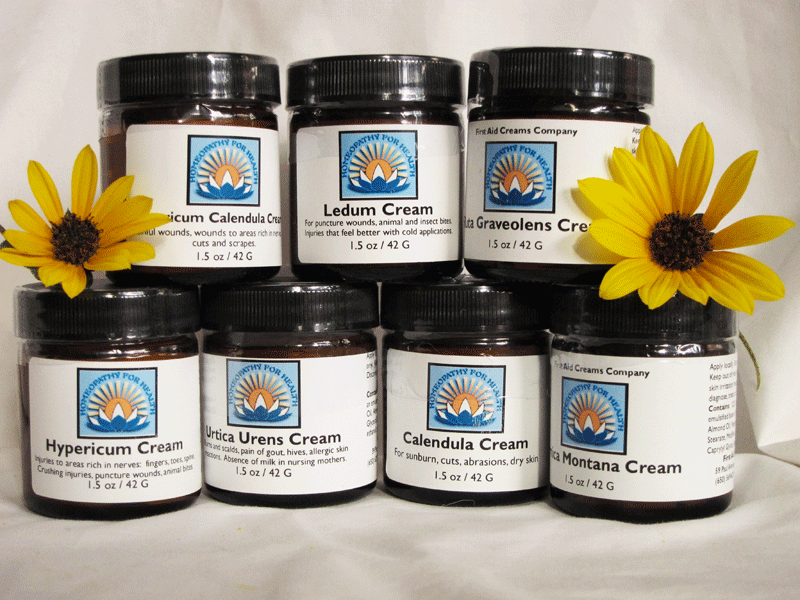Please read below to learn about Arnica montana. Arnica montana, the mountain daisy, also known as Wolf’s Bane is the most well known remedy in homeopathy, and well-deservedly so. I believe that if every household in the United States had this remedy in the medicine cabinet in various potencies and in the ointment or cream form visits to the emergency room nationwide would go down by over 30%. This remedy addresses so many of the traumatic situations that drive people to the hospital.
Some features of Arnica montana:
1) Shock and trauma. This is the first remedy to be thought of for someone who has gone into a state of shock following an accident, from surgery, a blow from a blunt instrument, or an emotional shock. The word shock and Arnica montana should be synonymous in your mind. I will elaborate on this as we go down.

2) Mental confusion. has many mental symptoms from head injuries. An indication for Arnica montana is that the person will say he is well and refuses to go to the hospital when injured. This is a sure sign that they need Arnica montana. They can have delirium and mental confusion following a head injury. In brain damage, they may have constant muttering, and go into a semi-comatose state. They can also display, dullness, sluggishness, and difficulty with comprehension following a head injury.
3) A feeling of uneasiness and restlessness in bed. The patient is forced to continually move. Staying in one position for too long increases the bodily soreness.
4) Fear of being injured, or of loved ones being injured. Fear of sudden death. Nightmares of the accident.
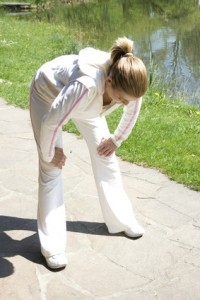
5) A feeling of weakness and weariness of the whole body and of being bruised. If you hear someone say that they feel like they have been run over by a ten ton truck think of Arnica montana.
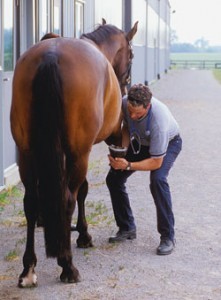
6) Joints feel sore, swollen and lame is another characteristic of the remedy.
7) A peculiar symptom of Arnica montana is that during a fever, or from shock after an injury, the head will be burning hot while the rest of the body is cold.
Here is a list of situations where Arnica montana would be useful on a regular basis and emergency basis:

1) Accidents: Arnica montana is the first remedy to be thought of for an accident victim. It works swiftly to relieve shock, allay pain, stop bleeding and promote healing. Arnica montana not only stops both external and internal bleeding, but hastens the absorption of blood and fluids. This means it can effectively reduce the swelling from sprains and other traumatic injuries. Reduced swelling means less inflammation, less pain, and faster healing.
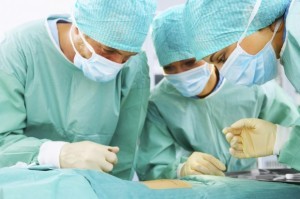
2) Following surgery to help with shock, bruising, bleeding and pain. For minor surgeries a 30C of Arnica montana is sufficient, but for major surgeries, I usually administer a 200C dose.
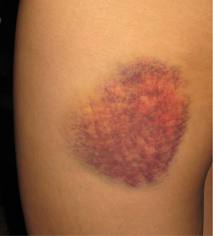
3) Bruises: Arnica montana cream should always be thought of for bruises. You are supposed to cover the entire area of the bruise with the cream or ointment, and put a gauze pad over it. This should help the bruise heal very quickly. It is recommended never to apply Arnica montana cream to open wounds, but to use Calendula officinalis or Hypericum perforatum cream in this situation.
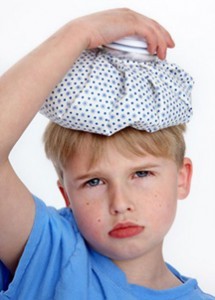
4) Head Injuries or Concussion: Arnica montana is the first remedy to think of for head injuries. When there is trauma to the head with unconsciousness, pallor, drowsiness, weak pulse, cold surface, and other indications of shock a dose of Arnica montana will alleviate the shock and promote healing. It can even help with injuries to the head that occurred many years earlier. This remedy is often followed well by Natrum sulphuricum for the chronic effects of head injuries with accompanying depression.

5) Sprains: Ankle sprains and sprains of other joints can be helped by Arnica montana. It will take away the black and blue appearance of the sprained joints in a very short time, and relieve the lameness and soreness. Arnica montana should also be thought of for back and hip joint injuries with lameness and soreness. I would apply the cream to the sprained joint several times a day to hasten the healing of the joint. If the person is not on a constitutional remedy, I would just administer Arnica montana 30C in this situation.

6) Muscle Strain from Overuse: I would apply Arnica montana cream to sore muscles that one gets from overexertion, such as doing too much gardening. Arnica montana can be used in situations where the person has never felt well since a physical over-exertion.
7) Injuries: Arnica montana should be administered in potency for injuries where the flesh is crushed and torn, for bullet wounds, and for wounds caused by blunt instruments. It is better to apply Hypericum perforatum cream or take the remedy in potency for injuries to areas rich in sentient nerves, such as spinal chord injuries and injuries to the fingertips and toes, as it works far more effectively than Arnica montana in this situation. Do not apply Arnica montana cream topically to open wounds instead apply Calendula officinalis cream topically and take Arnica montana orally in potency for these kinds of injuries.

8) Birth Trauma: Arnica montana is a good remedy to help both mother and child recover from the trauma of labor and birth. I remember when my third child was born he was not wanting to nurse right away, as my other children had done. I gave him a dose of Arnica 12C and he proceeded to nurse normally. I wonder whether rubbing some of the Arnica montana cream on the baby’s forehead would have reassured him just as well, and helped him with the birth trauma.
9) Pregnancy and Labor: Arnica montana cream rubbed on the abdomen can help women who feel sore and bruised from the movements of the fetus. Also think about Bellis perennis for this.
As you can see Arnica montana is a huge remedy that has a wide variety of uses. It can even be used in febrile diseases and in chronic complaints where its characteristic indications are present. Arnica montana cream is a very good way to get the healing properties of this medicine to work for you in first aid and minor traumatic situations.
Here is a link to an article I wrote about the spirit of Arnica montana, and its use as a constitutional medicine. I present the case of a man with chest pain on exertion whom I cured with Arnica montana 200C. Click here.
Here is a link to what George Vithoulkas has to say about Arnica Montana. Click here.
To purchase Arnica montana cream, please click on the Buy Page for Arnica Montana Cream on the right side bar or follow this link: Buy Arnica Montana Cream
How Often to Use the Creams:
Some people are helped by a single application of the needed cream. Other people may need to apply the creams frequently. Here is a good guide on how to use the creams: if the affected part feels much better or significantly worse after an application of the cream, that is a sign that you need to pause from it and wait. If the part felt better do not reapply until the symptoms that were relieved start bothering you again, or you feel there has been a relapse.
If the part felt significantly worse after an application of the cream it means that the cream has found the symptom and it is working on it. With homeopathic remedies and creams, there is often an intensification of the symptoms (or aggravation) where the remedy finds the symptom and tries to push it on through. The medicinal reaction has to be stronger than the patient’s own symptoms in order to overcome the patient’s symptoms.
After an aggravation of symptoms, an amelioration, or gradual improvement of symptoms should follow. You do not need to reapply the cream until the process has gone full circle – that is the aggravation has been followed by an amelioration, and then a return of symptoms, indicating that it is time to redose or reapply the cream.
If the patient does not experience a strong aggravation or strong amelioration after applying the creams, then they can continue to apply them one, two, three or even four times a day, until they experience either the aggravation or amelioration of the symptoms, indicating that it is time to stop. If there is no response, the cream may not be homeopathic to the case. At this point it is advisable to consult a homeopath for further guidance. I hope that this will bring some clarity as to how to use the creams.
